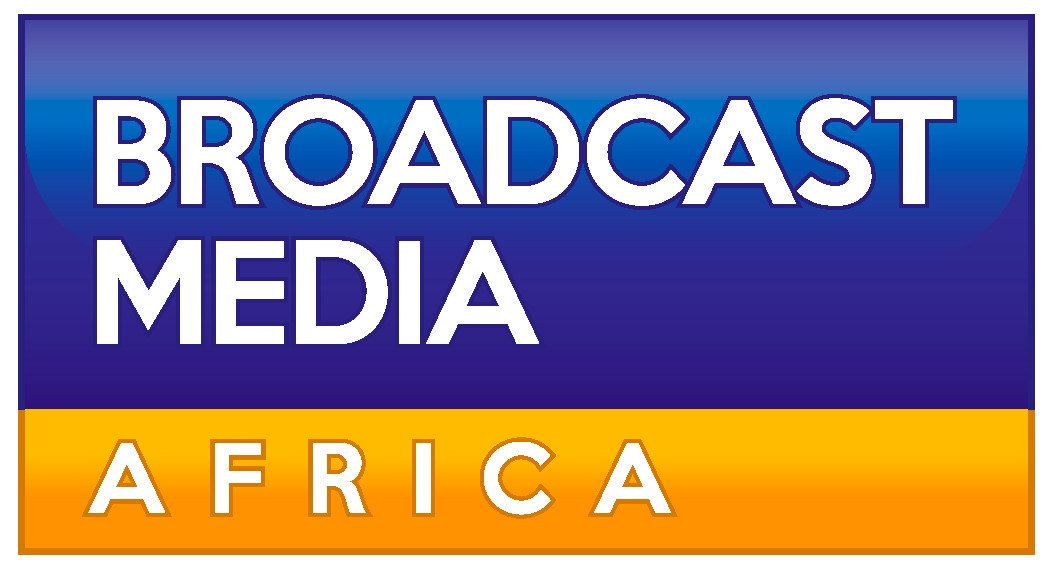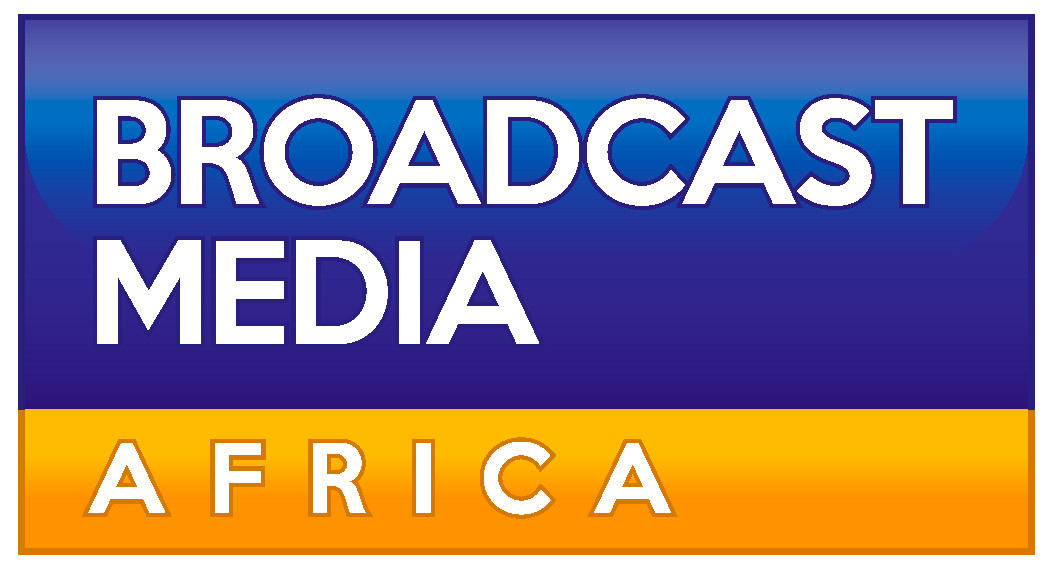

YouTube has enhanced its tools for creators in an effort to compete with streaming rivals such as Netflix on the most common screen in homes: the television.
The video-sharing platform, owned by Alphabet, has been gaining viewers on televisions as internet-connected “smart” TVs have become more widespread. YouTube’s subscription streaming service is also gaining traction, offering live broadcasting on over 100 channels in partnership with existing networks.
During a presentation to content creators in New York, YouTube chief Neal Mohan highlighted the growing popularity of televisions as a viewing platform, stating that it’s the fastest-growing screen and a significant surface for all creators.
YouTube’s new tools include optimising content for display on large screens and offering content in formats more similar to traditional TV episodes and seasons.
Mohan mentioned that people worldwide watch over a billion hours of YouTube videos daily on home televisions, and the number of creators making a living from YouTube has increased by about 30 per cent over the past year.
According to Nielsen, streaming made “TV history” in July, accounting for 41.4 per cent of the total television viewing time in the United States. YouTube became the first streaming platform to surpass a 10 per cent share of that TV viewing time, with Netflix following at 8.4 per cent.
To capitalise on this momentum further, YouTube will start offering a “cinematic” version of creator videos optimised for TV viewing. Additionally, creators can now organise content into episodes or seasons to make it more familiar to TV audiences.
YouTube’s presence in living rooms is growing across various demographics and ages, especially since binge-watching has become popular in the on-demand content era. This trend allows viewers to consume episodes in rapid succession for extended periods.
YouTube’s product management director, Thomas Kim, mentioned that the platform has seen successful examples of creators producing episodic content and expressed excitement about the opportunity to create more TV-style shows for their audiences.











